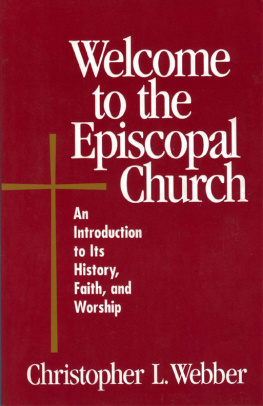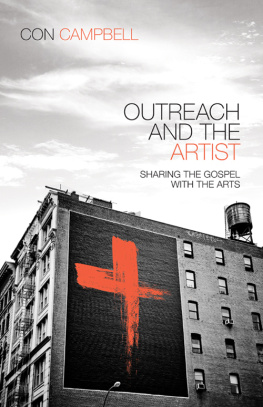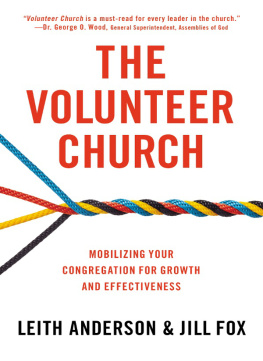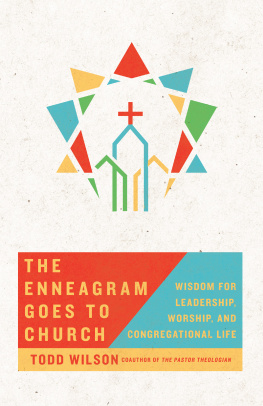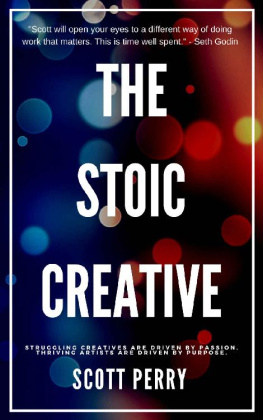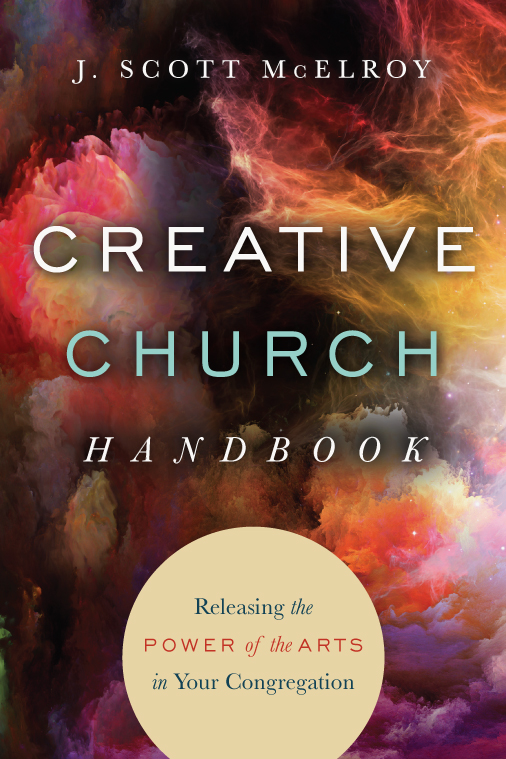This book is dedicated to my father,
Dr. J. T. McElroy, a remarkable man who
wrestled multiple sclerosis for forty-five years
while holding on to his faith and
his sense of humor
Preface
The book you are holding is not complete.
That is because its not possible to completely cover the broad topic of the arts and creativity in the church in the limited number of pages a book allows. So I had to make choices about this manuscripts content, which led to two things: first, a focus on the art forms that have been underdeveloped in churcheswhich Ill explain in a momentand second, a decision to make available online a plethora of content that wouldnt physically fit in the book.
In addition to this print book, Im excited to provide you with the complimentary Creative Church Handbook Resources and Extras, an extensive online cache of related materials and ideas. At JScottMcElroy.com/CCHandbookextras youll find worksheets, sample documents, advice and recommendations, many additional detailed projects, color versions of all the pictures in the book, dozens of extra photos and much more. These resources and extras are exclusively for Creative Church Handbook readers: they wont come up in Internet searches, and are only accessible through the special web address. Youll see the online resources and extras referenced throughout these pages and the special web address at the end of every chapter.
But even the online resources and extras can only go so far. This new renaissance of the arts and creativity in the church is continuing to develop. New ideas, materials and inspiration will become available. New leaders will join the movement. This is why the nonprofit organization The New Renaissance Arts Movement (TheNewR.org) was created: to provide updated information on all the concepts associated with this book, and to connect you with others who are working them out. Make sure you join the New Renaissance email list, check in on the blog or follow its social media sites for the latest on what is happening with the arts in the church.
Since the priority of this book is to focus on the many art forms that have been underdeveloped in churches, some of the more developed art formsparticularly music and the technical artshave taken a back seat. Thats not because they are less important. In fact, its clear that music is one of the most powerful and effective expressions of the arts and creativity in the church. Musicians and their music can create an atmosphere of worship, lead us into Gods presence, allow us to make art in community (congregational singing), and so much more. Plus, recorded music is portable, enabling us to recreate worship experiences wherever we are, or to add a worship soundtrack to the moments of life. Most of the art forms in this book can be paired with music or incorporate music in some way. But the choice was made to not explore the creation and execution of music in the church here simply because the majority of churches already incorporate music in their services and programs. To a large extent, the modern church understands the impact and appeal of music. Its the other fields of the arts that we need help with.
Another area I dont fully explore is the realm of the technical artsall the wonderful tools that can be used to mix and enhance sound, create lighting effects, project images and more. These of course require and add a great deal of creativity. They are often essential in the modern church experience and profoundly enhance how the congregation connects with the service and the message. But in-depth technical advice is a topic for another book, although I do include some thoughts here in this book, as well as recommendations and links in the online resources and extras. You can also find more information on the New Renaissance website.
One thing you will find here and in the online resources and extras is a thorough discussion of arts ministry: how to develop it and how to maintain it. This is because I believe arts ministrysharing Gods love through any and all mediums of the artsplays an essential role in cultivating a church community where creativity can thrive. It can be part of the foundation of a creative church. Because its rare to find in-depth guidance and information about arts ministry, the publisher and I have endeavored to provide a comprehensive overview here.
Its my hope that book this will become a treasured handbook for you. Its my prayer that God will use it and the resources associated with it to further his kingdom work in your life and in your church.
Introduction
We live at an extraordinary time in history. Powerful, creative tools, unimaginable even a hundred years ago, are available to grade-school children. Instantaneous global connection is commonplace. Images and ideas packaged with the power of the arts can spread around the world in seconds. Were experiencing the greatest technological, communication and creative advances humans have ever seen.
Believers can detect Gods presence in these advances. Our inadequate conceptions of him are frequently challenged by creative technology like the Hubble Telescope, which gives us new insight into his exquisite and boundless imagination. New scientific revelations about the complexities and processes of life and organisms give us a glimpse of his omnipotence.
The church is benefiting from technological innovations as well, realizing more ways to connect and communicate Gods love, share the gospel and inspire revival. Quite a few congregations, especially larger ones, are actively using creative new media. However, for many churches, expanding their creativity beyond technology and music has been a challenge. (There are a number of reasons for this, which Ill discuss later.) These applications are just the tip of the iceberg; there is so much more creativity that God wants his church to enjoy and benefit from. In fact, many Christian leaders sense that he is inviting his people into higher levels of creativity and collaboration with him in all the art forms, from ancient art practices to cutting-edge technology to public art installations, from fine art to film to finger-painting. There is a sense that God is awakening the arts and creativity as natural expressions of worship, life and outreach for his bride, and that he is calling us to explore how we might more fully reflect his love and his character to humanity through these powerful mediums. Many are realizing that God wants to activate the creativity inherent in us all and actually collaborate with us in it. If we accept this invitation, creativity can thrive in our lives and churches, bringing us to a new level of effectiveness in the world.
At this unique time in history, I believe God is inviting the church on an incredible journey of better understanding his character and personality through the marvelous gifts of creativity. He is drawing us into the joy of creative collaboration with him and with our congregations, so all the gifts may operate in the body of Christ. Then the world may know him and feel his love through the creativity that is inseparable from hisand, as his children, our ownnature. He wants to show the world his love in creative, authentic and thrilling ways (Ps 36:5; 1 Jn 3:1; Eph 5:1, 25-27).
Still, many continue to question why we need the arts and creative expression in the church when teaching and preaching can convey Gods will and ways to us. Many church leaders have felt this way since the Protestant Reformation, viewing the arts as nonessential, a waste of time and money, or even carnal or evil. This book seeks to offer answers to


